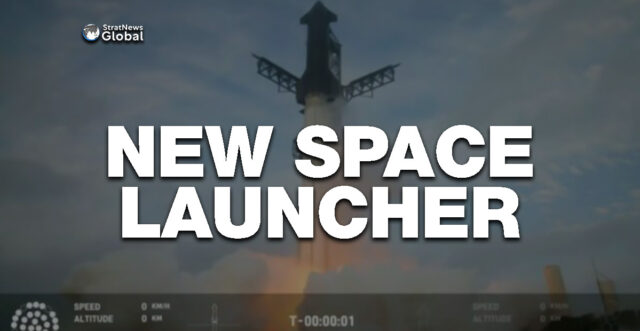Europe’s new Ariane 6 satellite launcher will stage a long-awaited inaugural flight on July 9, the head of the European Space Agency said at the Berlin Airshow on Wednesday.
The delayed debut comes a year after its predecessor, Ariane 5, was retired, leaving Europe with no independent path to orbit for its satellites after setbacks involving a smaller Italian alternative and the severing of ties with Russia over Ukraine.
The plan is for the first commercial launch of Ariane 6 to take place before the end of the year, Director General Josef Aschbacher told reporters.
In November, the 22-nation agency set a preliminary launch window of mid-June to end-July this year, subject to tests.
GLOBAL COMPETITION
ESA nations agreed in 2014 to develop Ariane 6 in response to growing competition in the commercial launch market but its arrival, originally due in 2020, has been repeatedly delayed.
Aschbacher told Reuters that companies like Amazon had already expressed interest in working with the project, along with up to a hundred other companies and organizations. The launcher’s primary advantage was its ability to reignite once launched.
“It can really place, for example, satellites of a constellation in different orbital planes, as it is more and more required today,” Aschbacher said.
The launcher has been developed by ArianeGroup, a joint venture between Airbus and Safran, to better compete with rivals including Elon Musk’s SpaceX.
“Now we have SpaceX, which is really launching very often and very successfully, but certainly Ariane 6 will be an alternative on the commercial landscape, and this is exactly what we want to see,” Aschbacher told Reuters on the sidelines of the conference.
Even as Ariane 6 makes its long-awaited debut, European nations are pondering ways of being more competitive in the next generation of launchers.
ESA currently designs and procures launchers but wants to move towards a leaner system of buying services to mimic the growth of SpaceX.
Such projects would start with a new generation of mini-launchers but could set the tone for longer-term replacements for Europe’s heavier Ariane 6 and Vega C, which remain Europe’s only independent options for major payloads in coming years.
“I would like to be the stable anchor customer that I can promise to the companies that I will buy a certain number of launches in the future,” Aschbacher said.
Thirty eight years in journalism, widely travelled, history buff with a preference for Old Monk Rum. Current interest/focus spans China, Technology and Trade. Recent reads: Steven Colls Directorate S and Alexander Frater's Chasing the Monsoon. Netflix/Prime video junkie. Loves animal videos on Facebook. Reluctant tweeter.





